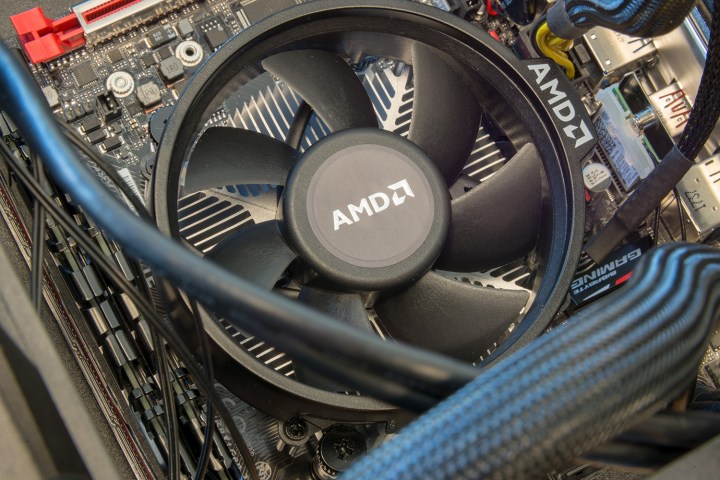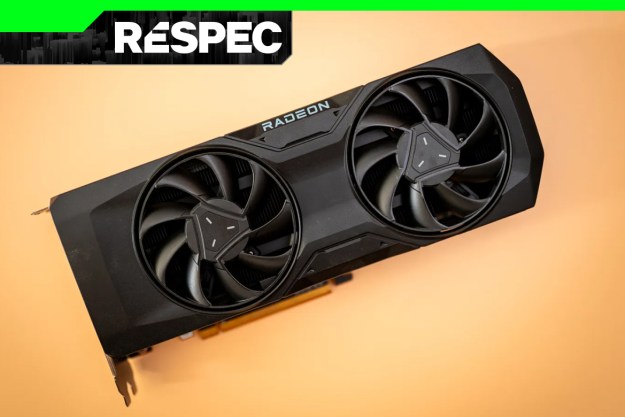
Nvidia’s premium lineup of graphics card will be getting some serious competition from AMD once 2019 arrives. AMD will be relying on its 7nm GPU architecture to deliver the performance needed to take on Nvidia’s GeForce cards, and the company is also working on bringing ray tracing to its cards. For 2019, AMD is working on its Navi architecture, which is believed to be based on the 7nm FinFet manufacturing process and support GDDR6 and HBM2 memory.
“We see significant opportunities to build on this momentum as we transition to our next generations of high performance products and launch the industry’s first 7-nanometer x86 CPUs and discrete GPUs over the coming quarters,” AMD CEO Lisa Su said earlier this year in an earnings call, according to a transcript from Wccftech. For comparison, rival Nvidia’s GeForce RTX series is based on a 12nm architecture.
In the past, AMD executives explained that they wanted to hold off on ray tracing, which debuted on consumer graphics cards with Nvidia’s flagship GeForce RTX series, until all of its cards can support the feature from low-end to premium. At the Credit Suisse conference, Su added that AMD decided to initially hold back on ray tracing support until the ecosystem is ready for it. The decision makes sense, given that when rival Nvidia’s RTX series launched, there were only a limited number of titles that were announced with support for
“As it relates to ray tracing in particular I think it’s an important technology, but as with all important technologies it takes time to really have the ecosystem adopt [it],” Su explained more recently at the 22nd Annual Credit Suisse Technology, Media and Telecom Conference in a transcript provided by Wccftech. “And we’re working very closely with the ecosystem on both hardware and software solutions and expect that
While AMD has historically been strong in the midrange graphics segment, Su reiterated that the company will also be competitive in the high-end space, noting that AMD “will have our set of new products as well and we will be right there in the mix” to address newer products on the market from the competition, a likely reference to Nvidia’s RTX series.
Editors' Recommendations
- Ray tracing vs. path tracing — which is the best dynamic lighting technique?
- New Nvidia update suggests DLSS 4.0 is closer than we thought
- You shouldn’t buy these Nvidia GPUs right now
- Nvidia is bringing ray tracing and DLSS 3 to your car
- My most anticipated game of 2024 is getting the full Nvidia treatment



